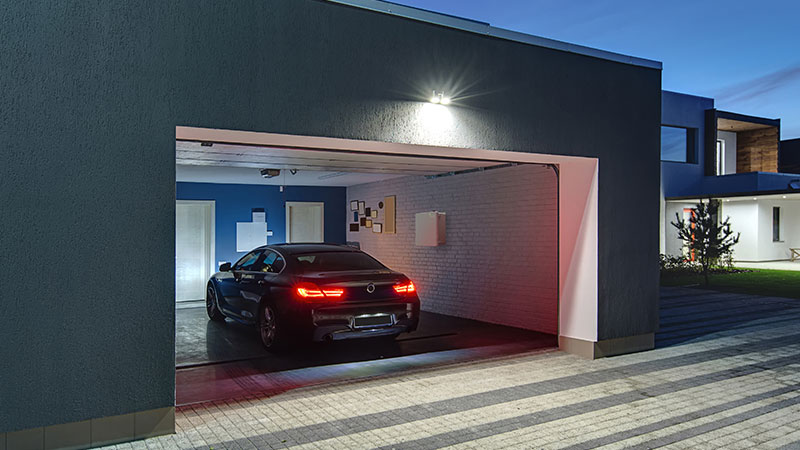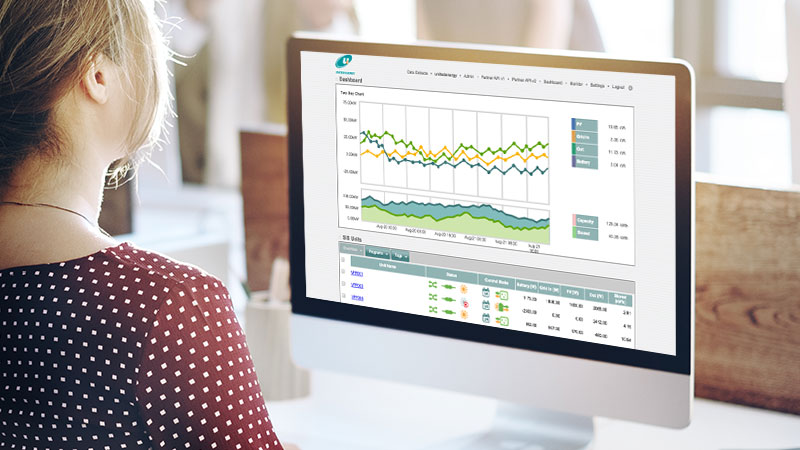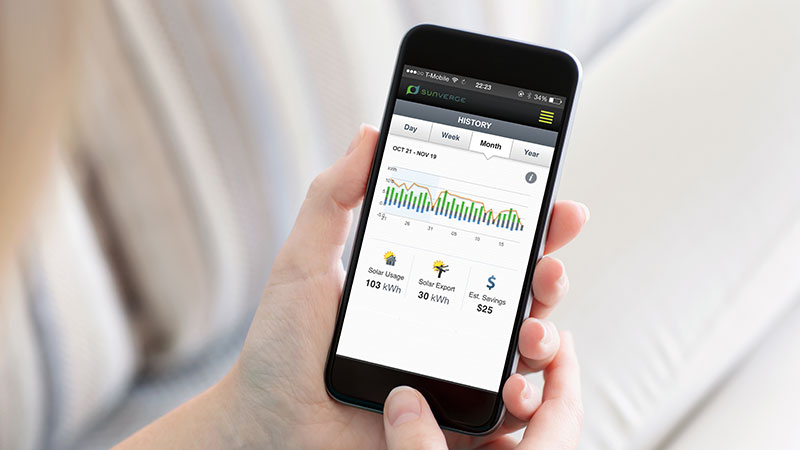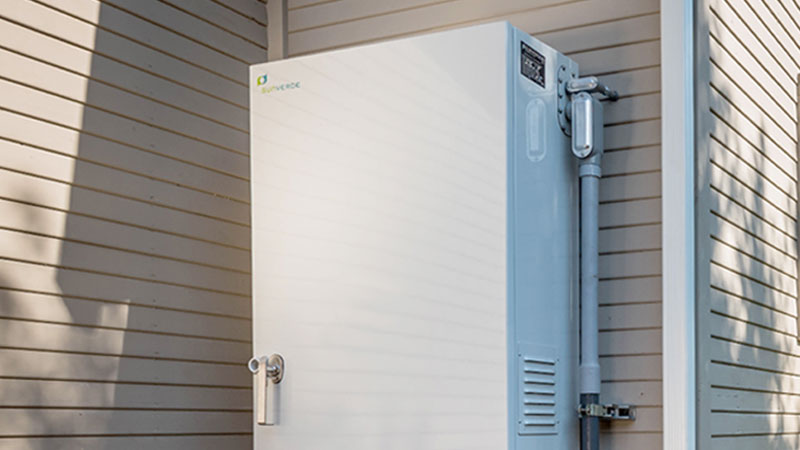Weathering the Island Utility Storm
It’s the peak of hurricane season, and for utilities serving island populations in regions like the Caribbean, this is probably the most stressful time of the year. When it comes to maintaining reliable electric power to their customers, tropical storms can wreak havoc and leave people without power just when they need it most.
Add to that the increased use of renewable, customer-sited generation, and island utilities face the potential for a different kind of damage: Sharply lower revenues that are needed not just to deal with reliability during storms, but also the complex grid management issues those residential energy sources present. In areas where homeowners have the means and the rooftop space to support PV arrays, there’s also the growing potential for “grid defection” and ashift of grid costs onto customers with fewer resources.
Island utilities are looking for solutions and they can be tough to find. Raising rates can be politically difficult. Creating new infrastructure is no easier – traditional generation plants are costly and there is seldom the option to build large-scale renewable generation, either. Everything from transmission and distribution logistics to the cost of land and the opposition of local communities conspires against this approach.
Yet the very same trends that are making customer-sited solar more attractive to homeowners can provide island utilities with a cost-effective and reliable solution. As the cost of solar+storage continues to decline, and the technology to control these systems becomes more sophisticated, it becomes feasible for utilities to work with their customers to create a solution that reduces their costs and increases reliability.
The key is the combination of storage technology and control software in the cloud. This allows utilities to manage these distributed resources and loads and even combine them into Virtual Power Plants that are integrated with the grid and allow automated control. These technologies put intelligence at the edges of the grid to animate the system and provide effective control, and provide customers with information that can help them to better manage their peak usage.
This is more than a path toward providing reliability during the storm season: It’s a path to building the utility of the future, a transformation from power supplier to active manager of all grid assets. Instead of capital-intensive and impractical large-scale generation, this approach takes advantage of distributed generation and intelligence to provide the power customers need and fortify the grid. This technology, along with new business models and tariffs that recognize the shift, will allow island utilities to become the central hub for intelligent, efficient and reliable energy and services in a way that benefits both the utility’s business and all its customers.
By Dave Hebert, Director of Business Development at San Francisco-based Sunverge Energy.








